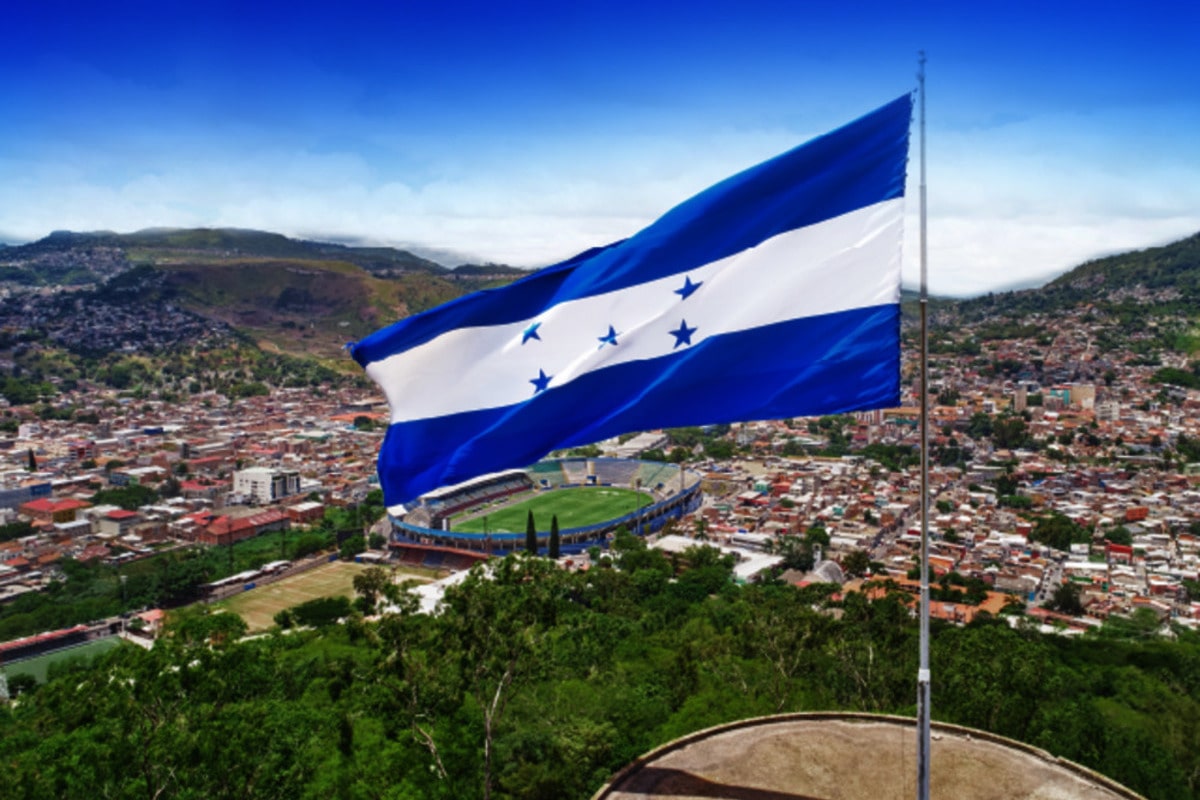Honduras is a country often overlooked by tourists, yet it holds many extraordinary and mysterious features. It is home to ancient Mayan ruins, lush jungles, scenic Caribbean coastlines, and mountain ranges that cut across much of the land. Beyond its impressive landscapes, Honduras offers a unique culture, intriguing history, and remarkable biodiversity. That’s why we’ve compiled a list of fascinating facts about this country that you might not know.
- Honduras is one of the few countries where an official “fish rain” has been recorded. This natural phenomenon, known as Lluvia de Peces, occurs annually in the town of Yoro, where live fish appear on the streets after heavy rain. Locals consider it a miracle and celebrate it with a special festival.
- The name “Honduras” comes from the Spanish word for “depths.” It was named by Christopher Columbus, who was surprised by the depth of the waters near the country’s coast. His remarks eventually inspired the country’s official name.
- The ruins of Copán, one of the most significant archaeological sites of the Mayan civilization, are located in Honduras. These ruins include the famous hieroglyphic stairway, which is the largest known text in the Mayan script. The site also features numerous sculptures that depict rulers and historical events.
- Honduras has an exceptionally diverse flora and fauna, thanks to its tropical climate, mountainous terrain, and coastal ecosystems. Over 700 species of birds live here, including scarlet macaws, toucans, and hummingbirds. Jaguars, tapirs, and various types of monkeys also inhabit the country.
- Honduras is home to one of the world’s most beautiful coral reef systems — the Mesoamerican Barrier Reef. It is the second-largest reef in the world, after Australia’s Great Barrier Reef. The reef attracts divers from around the globe, particularly near the islands of Roatán, Utila, and Guanaja.
- Several indigenous groups still live in Honduras, including the Lenca, Miskito, Tolupan, Pech, and Garifuna. The Garifuna culture is especially unique, combining African, Caribbean, and Indigenous influences. They have their own language, music, and dances that are recognized as UNESCO intangible cultural heritage.
- Honduras has experienced long periods of political instability, which have affected its economy and society. In recent years, however, the country has slowly been stabilizing, promoting tourism, agriculture, and industry. Its main export products include coffee, bananas, and seafood.
- The city of La Ceiba hosts one of Central America’s most colorful carnivals every year. The festival is held in honor of Saint Isidore, the city’s patron. It includes parades, traditional dances, music, and street fairs, attracting thousands of visitors.
- The highest point in Honduras is Cerro Las Minas, also known as Pico Celaque, located within Celaque National Park. The mountain reaches an elevation of 2870 meters above sea level. The park serves as a nature reserve with rare species of plants and animals.
- Although Honduras does not have a large film industry, an increasing number of young directors and actors are producing works focused on social and cultural issues. The film “Morazán” became the country’s first official submission for the Academy Awards. This reflects a growing development of the cultural sector.
- In 2015, archaeologists confirmed the existence of the so-called “White City” or “Lost City of the Monkey God” in the La Mosquitia jungle. This site had long been the subject of legend. It is now considered one of the most significant archaeological discoveries in Latin America in recent decades.
- In rural areas of Honduras, a local variation of football known as “zapatillo” is widely played. It resembles standard soccer but has smaller goals and modified rules. Sports, especially football, play a major role in the country’s culture and fan passion.
- The capital, Tegucigalpa, has a name derived from the Nahuatl language meaning “silver hills.” The city is built on hilly terrain, making walking somewhat tiring. However, the hills offer beautiful panoramic views of the city.
- Honduras was one of the first Central American countries to ban smoking in public places. A law enacted in 2011 even allows fines for smoking at home if other people are present. This initiative was aimed at improving public health.
- Utila Island is known as one of the cheapest places in the world to learn scuba diving. Its coral reefs are rich in marine life, and the water is incredibly clear. Many travelers come here specifically to obtain their PADI certification.
- In some regions of Honduras, traditional weaving techniques are still practiced and passed down through generations. The handmade cotton fabric called “lienzo” is especially valued and used to make traditional clothing. This craft is an important part of the country’s cultural heritage.
- Honduras is home to several unique nature reserves, including the Río Plátano Biosphere Reserve protected by UNESCO. It covers tropical forests, rivers, mountains, and indigenous settlements. It is one of the least explored and best-preserved natural areas in Central America.
- The country features rare geothermal phenomena, such as the hot waterfalls near the village of El Jardín. There, thermal springs create a waterfall of hot water that flows into a cool river. This unusual natural setting attracts both tourists and locals.
- Traditional musical instruments such as wooden maracas and drums made from natural materials are still commonly used in Honduras. They play an important role in religious rituals, folk songs, and festive performances. Their rhythmic sound is seen as a symbol of the country’s authentic cultural identity.
Honduras is a land of contrasts, where untamed nature blends with ancient traditions and modern developments. These incredible facts offer a new perspective on the country and reveal its hidden sides. Despite challenges, Honduras remains a place full of discovery and wonder. We hope these exciting facts inspire you to learn even more about this fascinating nation.





